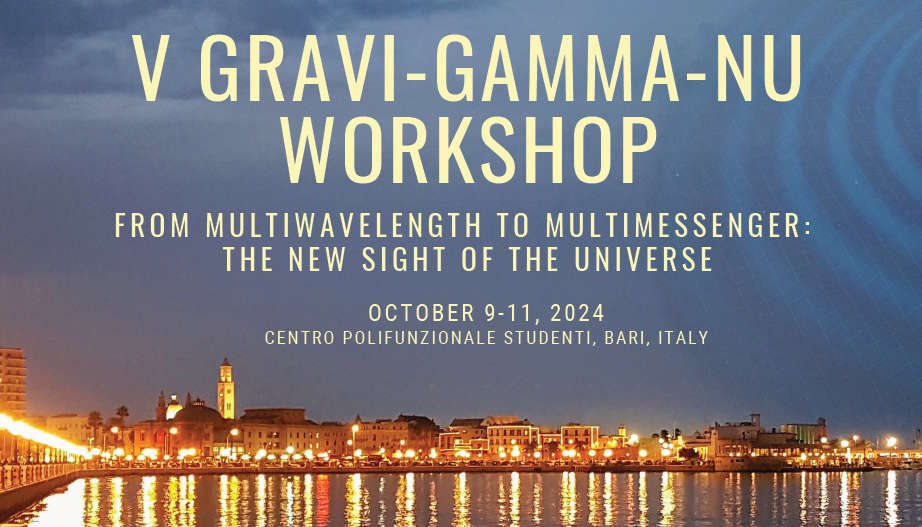Speaker
Description
The gravitational-wave (GW) cosmology community has been developing techniques and methodologies to infer the cosmological parameters and investigate the black hole population with Compact Binary Coalescences (CBCs) without an electromagnetic counterpart, commonly referred to as dark sirens.
In this study, our focus lies on the method based on galaxy catalogs such as GLADE+, a composite catalog whose completeness varies across the sky. Galaxy catalogs typically suffer from significant incompleteness after redshift z = 0.1. To date, most of the sources of GW detections have originated from larger distances, and with Einstein Telescope (ET) this trend is destined to continue, potentially extending detection capabilities to redshift as high as z = 10.
Hence, to infer cosmological parameters it is necessary to estimate the luminosity of galaxies beyond the detection threshold of electromagnetic telescopes – “ the luminosity of the darkness”. This estimation currently relies on the Schechter function. Empirical evidence points towards an evolution of the Schechter function as a function of the redshift, however, this effect is not yet accounted for in the cosmological analysis. We will show how the redshift dependency can impact the line of sight (LOS) redshift prior and subsequently the posterior distribution of H0 due to the evolving Schechter function.

